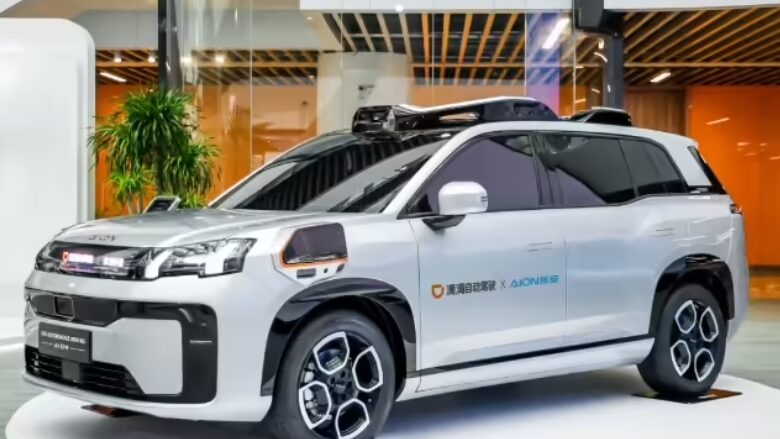GAC Aion and DiDi target late 2025 for mass production of jointly developed L4 robotaxi
GAC Aion, the electric vehicle subsidiary of Guangzhou Automobile Group (GAC Group), and DiDi Autonomous Driving have deepened their collaboration. They have revealed their first jointly developed Level 4 (L4) autonomous vehicle and are targeting mass production by the end of 2025.
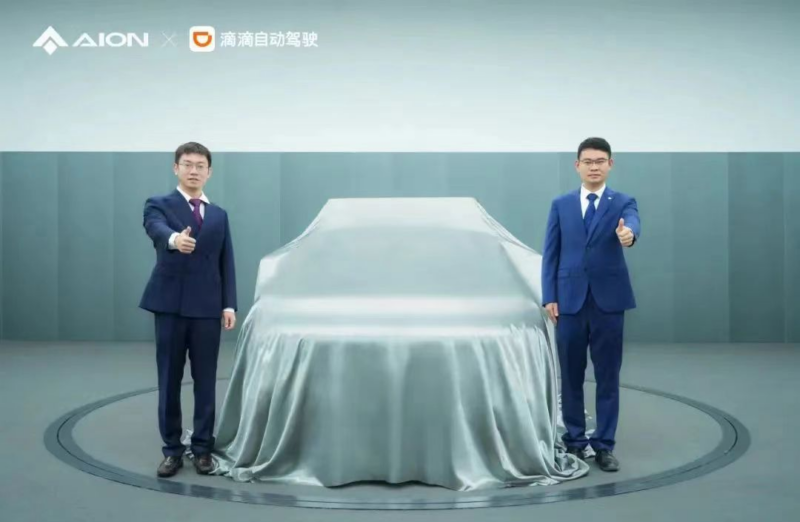
The vehicle’s recent unveiling follows the official business license approval for their 50/50 joint venture, Guangzhou Andi Technology Co., Ltd., headquartered in Huangpu, Guangzhou. This venture is the first established between a major automaker and an L4 autonomous driving company focused on mass-producing robotaxis.
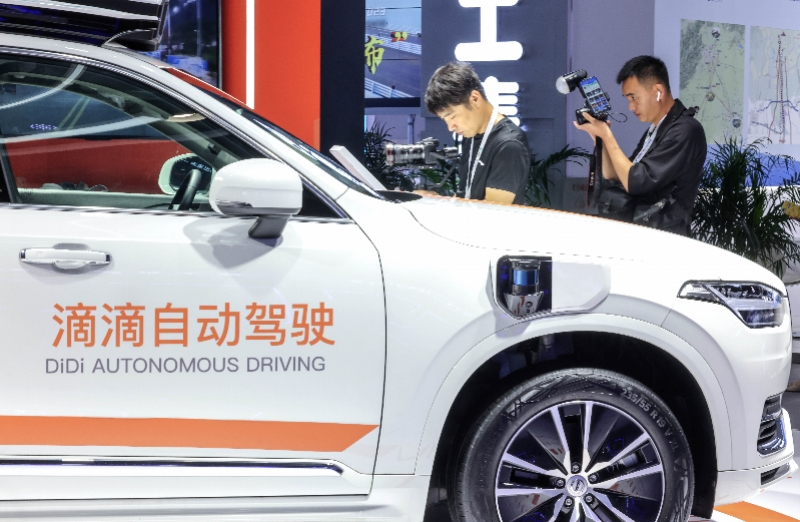
The first model from Andi Technology is a crossover SUV built upon GAC Aion’s AEP 3.0 dedicated electric platform and its advanced Star Spirit electronic and electrical architecture. Crucially, it integrates DiDi Autonomous Driving’s complete L4 technology stack. This includes DiDi’s hardware platform featuring 33 sensors – encompassing LiDAR, cameras, 4D millimeter-wave radar, infrared cameras, and sound sensors – designed for 360-degree, all-weather perception using multi-sensor fusion techniques.
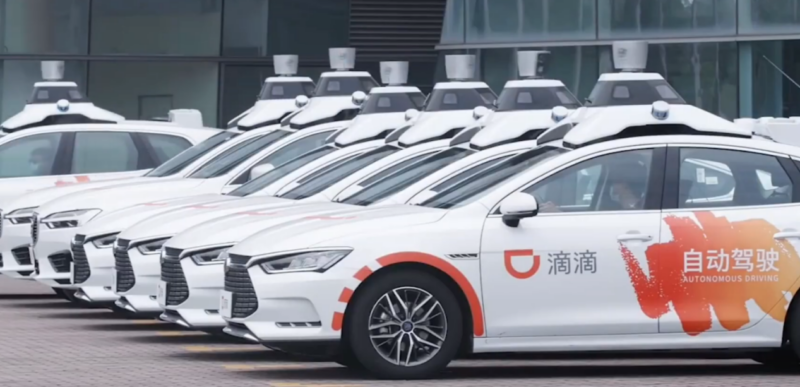
Powering the autonomous capabilities is a high-performance central computing platform with GPU compute exceeding 2000 TOPS and a 48-core CPU, enabling low-latency processing of vast sensor data for complex driving decisions. To ensure reliability, the vehicle architecture incorporates safety redundancies across algorithms, software, and multiple hardware layers (including braking, steering, communication, and power systems). Built to meet both Chinese and European five-star safety standards, it also features GAC Aion’s proprietary Magazine Battery technology for enhanced battery safety. The design considers ride-sharing operations explicitly, featuring enhanced rear passenger space, safety, and a multimodal interaction system.
The partners plan an initial large-scale deployment, aiming for tens of thousands of units. These vehicles will be integrated with DiDi’s “Huiju Port” (慧桔港) intelligent autonomous vehicle operations system and deployed onto the DiDi ride-hailing network using a mixed-dispatch model alongside human-driven vehicles.
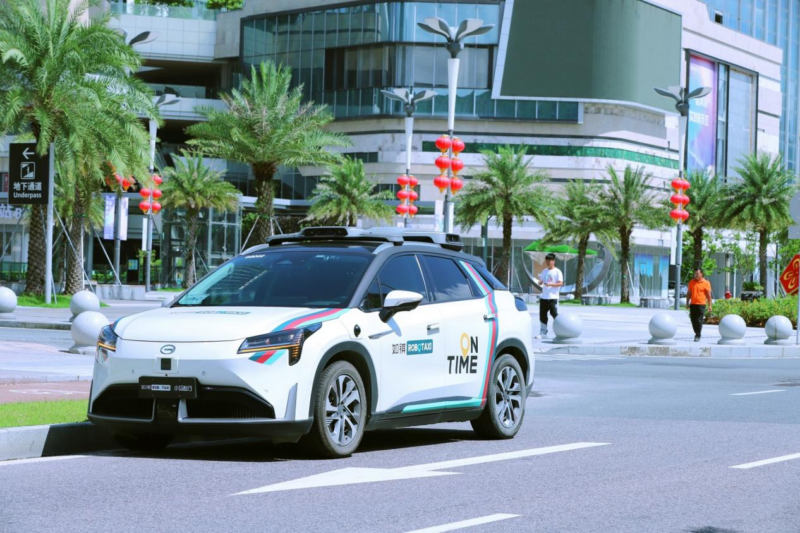
This L4 initiative is part of GAC Group’s broader push into intelligent driving. The company also targets launching its first L3-capable passenger vehicle for the consumer market in the fourth quarter of 2025, with more L3 models planned for 2026. GAC Group Chairman Feng Xingya stated that the goal is for GAC’s autonomous driving capabilities to be in China’s top tier by 2025 and among the global leaders by 2027. GAC also collaborates with other autonomous driving companies like Pony.ai for its robotaxi operations, which have already accumulated over 40 million kilometers across five Chinese cities.
Source: GAC



